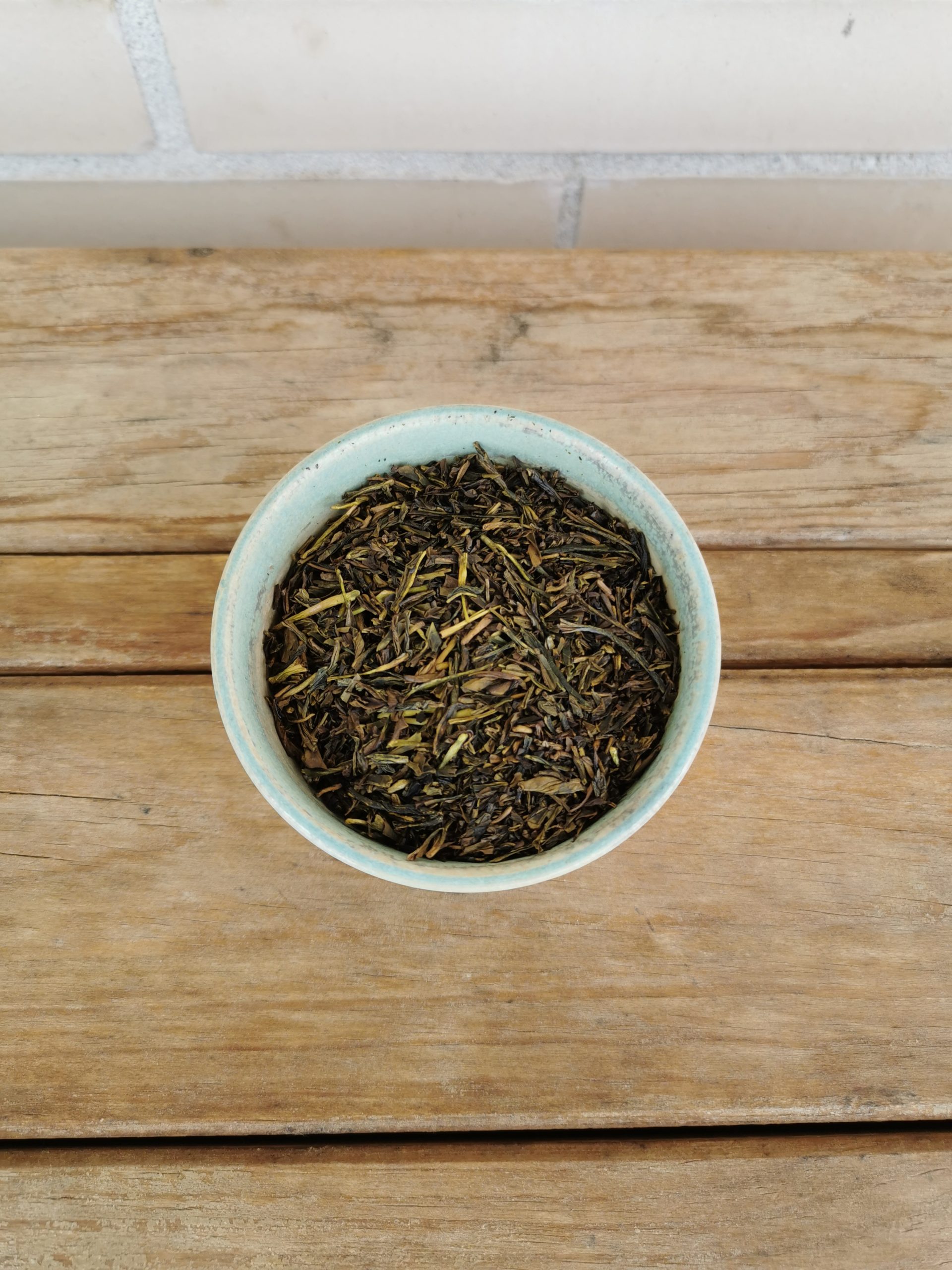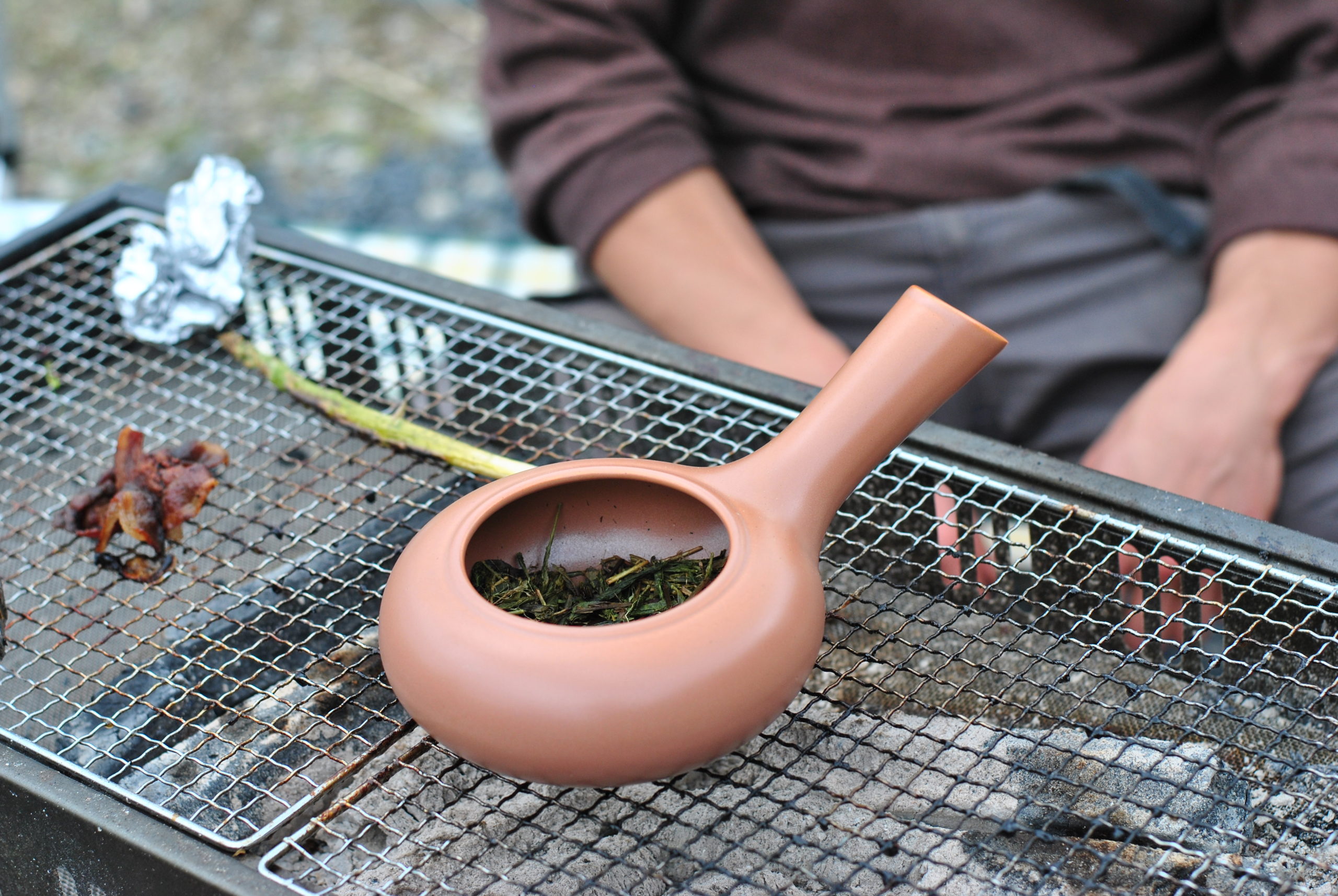Spring has arrived and with it the so much awaited first harvest!
“Shincha 新茶”, or “fresh tea”, is the very first tea harvested in spring and processed into beautiful emerald green sencha. For the past two weeks, tea farmers in some regions of Japan have started picking the first tea and working hard. Depending where we look at the map of Japan, some have already harvested, others are looking forward to the right moment when the new buds will be ready. And we, tea lovers, are waiting eagerly to try the new teas! We cannot wait to brew and taste this new 2022. But what about all the Japanese green tea we have still left from last year? We are pretty sure your cupboard or fridge are not empty 😉
Be aware, though: green tea is quite fragile. It needs to be kept properly – in a cool place, away from light, away from humidity, away from odours, as air tight as possible. The reason for that is that some important components in the tea are very sensitive to all these factors: they get damaged or lost quite easily – and with time. What can you do then, if you haven’t kept your “old” green teas properly? Or, if you have, but those are not so fresh and crisp anymore as time has passed. Well.. we might have a home recipe to solve that and revive a bit those teas again.
Roast them into hojicha!
Hojicha roasting is traditionally made in a special ceramic pan, called “Houroku – 焙烙”. Or, much more commonly nowadays, in a rotating drum roasting machine. You probably have neither of those at home, but you must have a normal frying pan. There you go! Get your old green tea out, heat the pan on the fire and throw the tea in.
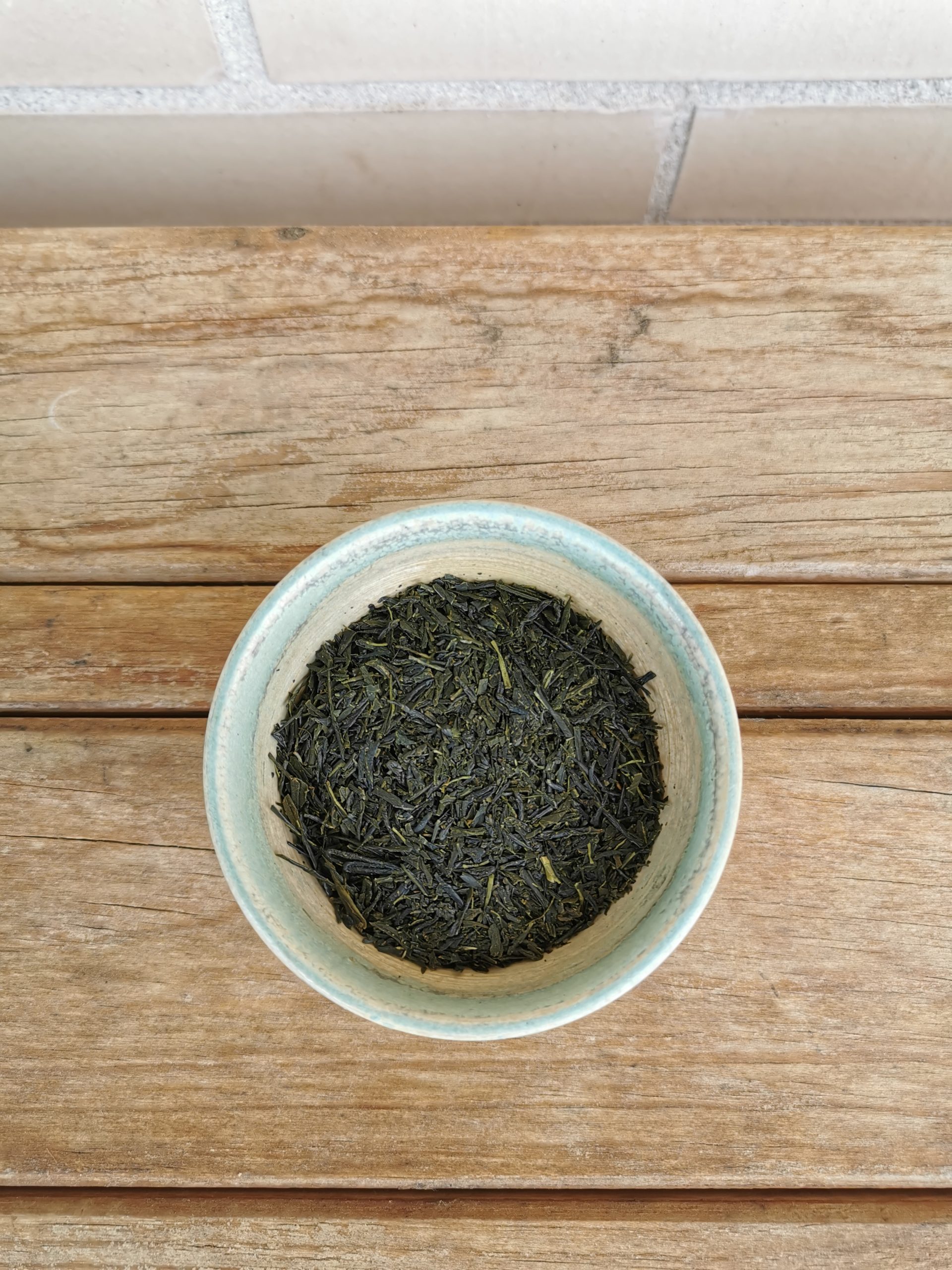
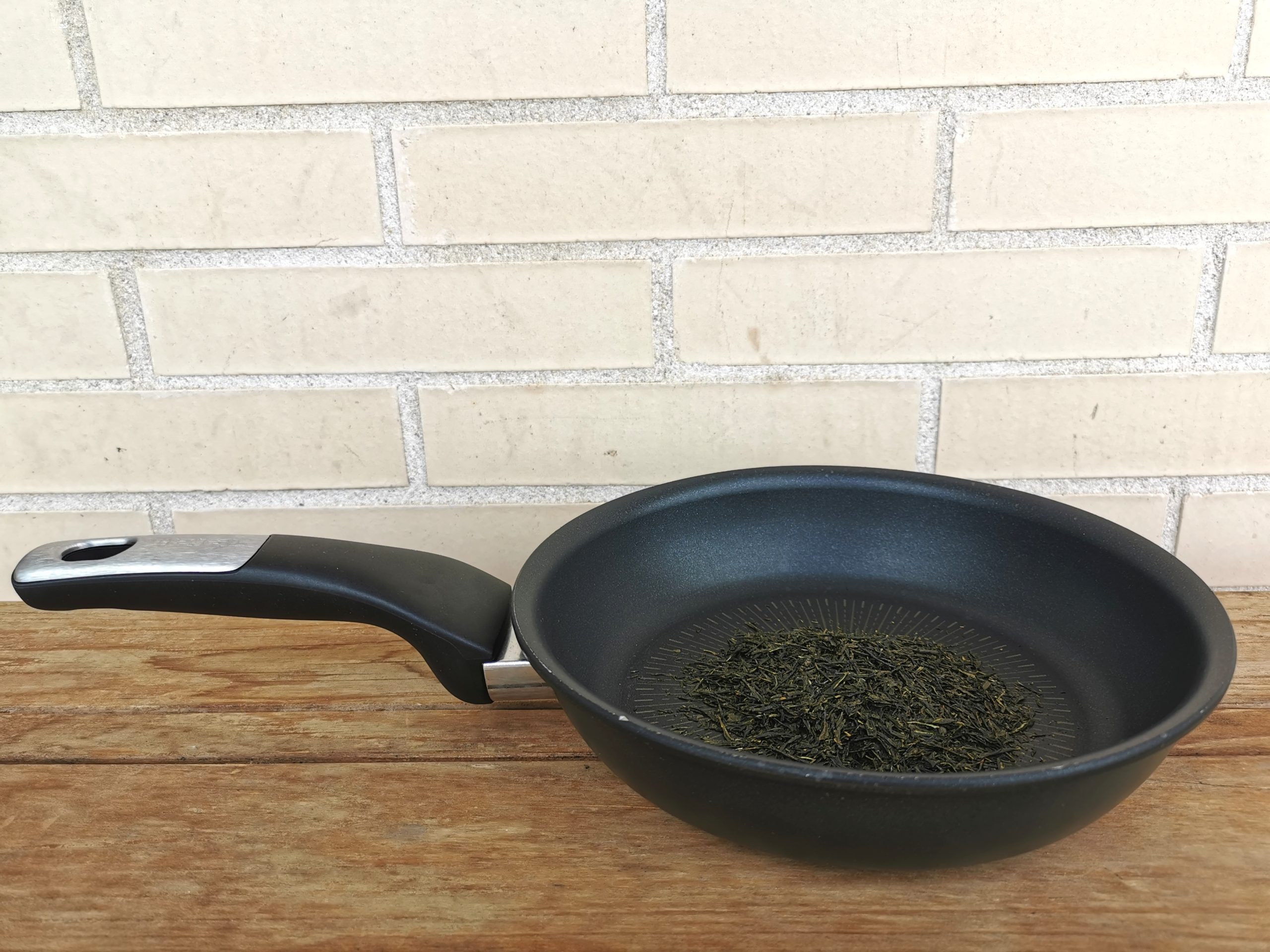
You can choose the level of roasting you would like – stronger or milder – adjusting the fire temperature and the time of the roasting. Either way, you want to be careful not to burn the tea leaves: toss them constantly. In this way, they roast evenly without burning.

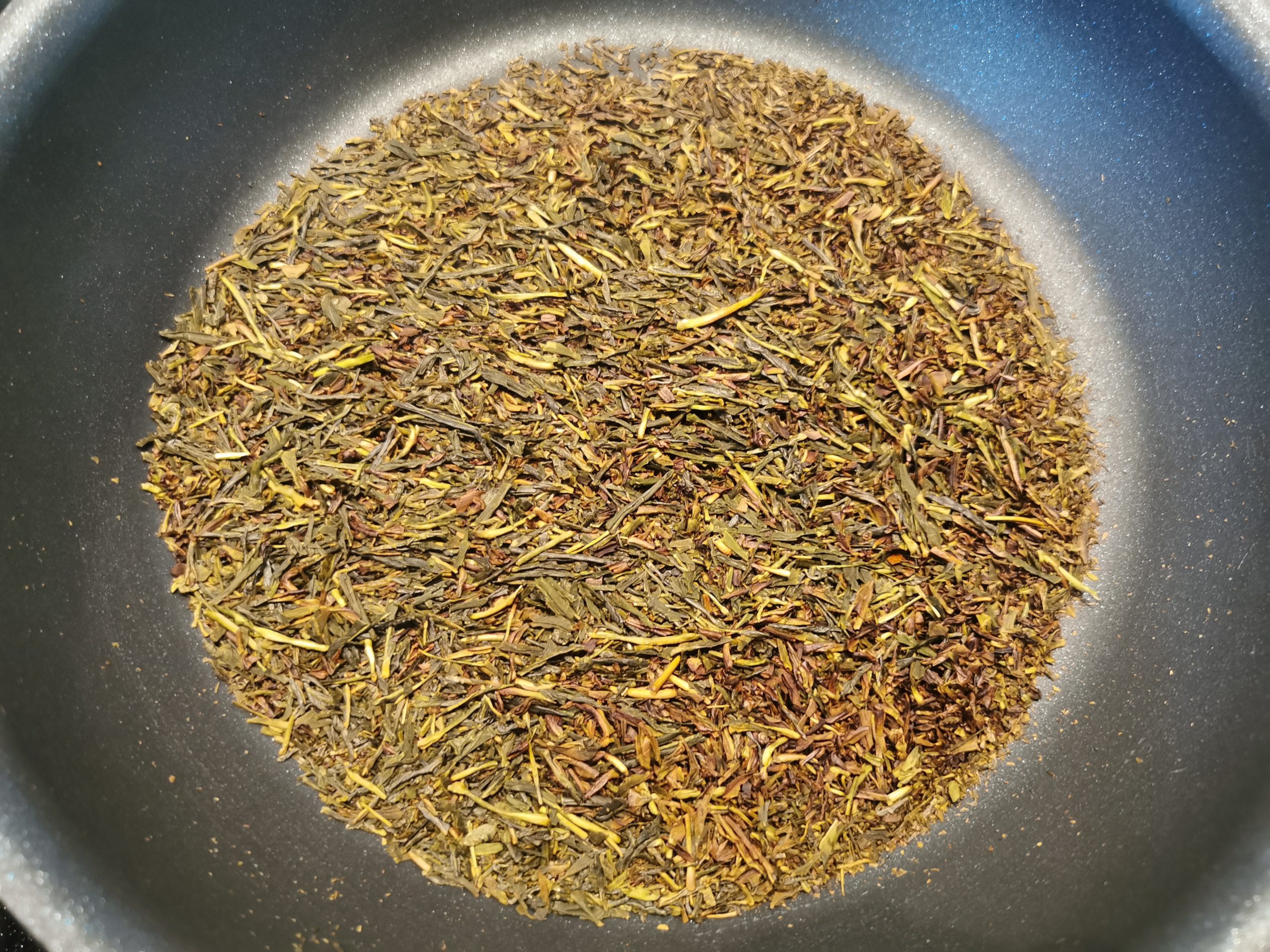
The whole process will take only a few minutes. After roasting, take the leaves out of the pan and leave it to cool down. Now you have your own roasted Japanese green tea. Moreover, your kitchen will be pervaded with a cosy, nutty and very pleasant hojicha aroma!
